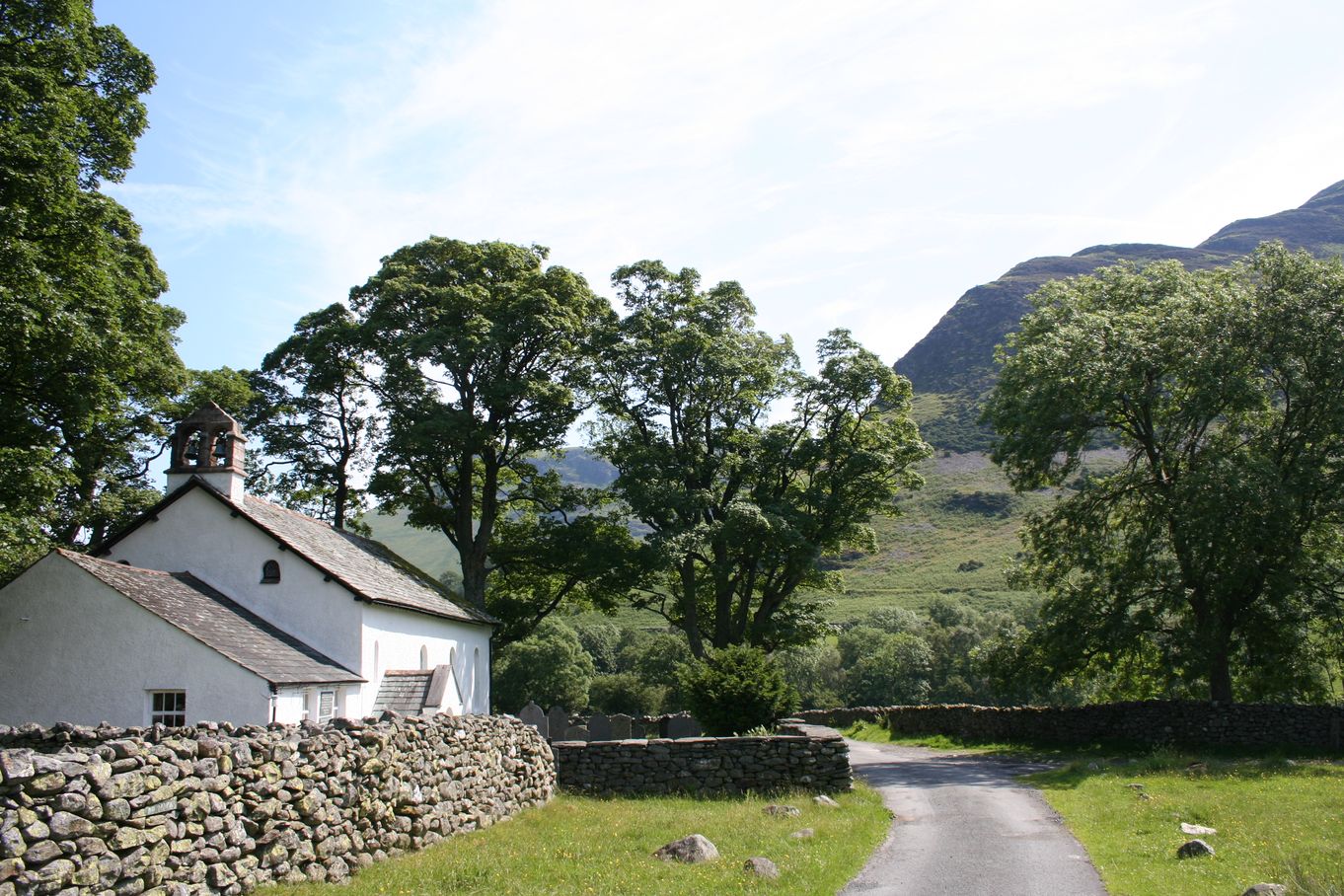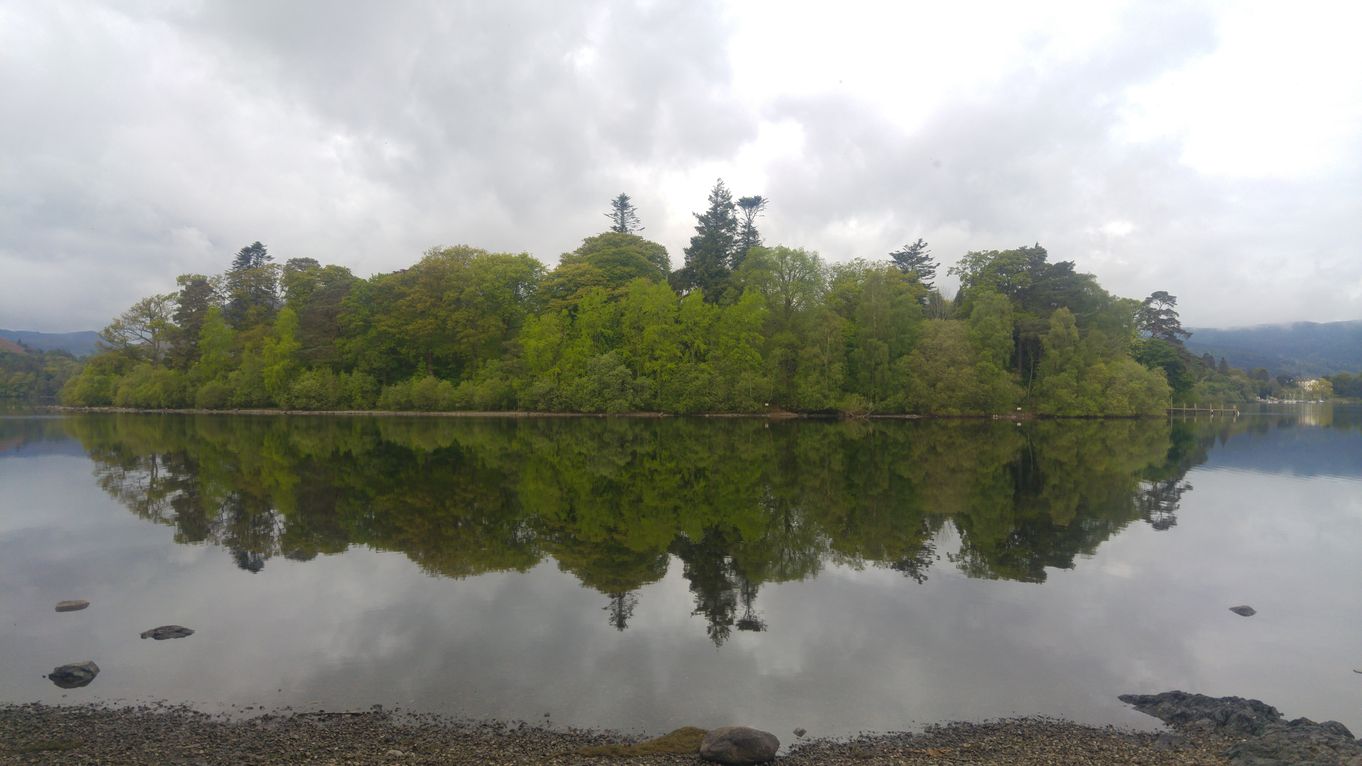A Literary Wonderland
Keswick has attracted great poets and artists for centuries. This is still reflected today in the town's street names such as Southey Street and Wordsworth Street.
The guest book for one house reads like a Who's Who of English Literature. Greta Hall, former home of Lake Poets Samuel Taylor Coleridge and Robert Southey is now a family home. Southey described it as 'perhaps the finest single spot in England which commands a view of mountains and lakes and woods superior to that in which I am now writing.'
Its visitors included William and Dorothy Wordsworth, Lord Byron, Keats, Shelley, Sir Walter Scott, Ruskin, De Quincey and William Wilberforce.
Keswick is an ideal base to explore the places William Wordsworth lived. It is a short journey west to his childhood home - Wordsworth House in Cockermouth and south to Dove Cottage in Grasmere and Rydal Mount in Ambleside.
Wordsworth became the Poet Laureate when Robert Southey died in 1843. He initially refused the honour, saying he was too old, but he accepted when Prime Minister Robert Peel assured him 'you shall have nothing required of you.' He kept his word and Wordsworth was the only Poet Laureate not to write any offical poetry.
Beatrix Potter
Beatrix Potter, known around the world for her enchanting children's books, fell for the charms of the Lake District at the turn of the last century. The “Miss Potter” film is bringing her story to a wide audience. Click here to find out more about Miss Potter and film locations in Keswick and the North Lakes.
Beatrix Potter was drawn to the Lake District by its landscapes, the opportunities to indulge her love of nature and by the Lakeland people. We know she spent time in and around Keswick and Derwentwater - between 1885 and 1907 the Potter family took their summer holidays at Lingholm and Fawe Park, both now private houses, on the Western shores of Derwentwater where Beatrix spent many hours making sketches of the woods, gardens and landscape which were to feature in several of her books. At Lingholm, just beyond Portinscale, the abundance of red squirrels (still there but in lesser numbers) is said to have inspired ''The Tale of Squirrel Nutkin''. The garden of Fawe Park is ''Mr McGregor's Garden'' and can be glimpsed from the footpath between Nicol End and Hawes End. This can be accessed by car or ideally via the launch from Keswick. Other local landmarks can be seen in her illustrations, for example ''Owl Island'' is St Herbert's Island in Derwentwater.
“The Tale of Mrs Tiggywinkle” uses the Newlands Valley as its backdrop. Catbells, Skelgill and Little Town can all be recognised from her sketches. She also knew Newlands Church, becoming acquainted with its Vicar and his daughter Lucie Carr.
What Beatrix Potter found to enjoy in the North Lakes can still be enjoyed today from Derwentwater's lakeshore, in the woodland around Lingholm and Fawe Park and in the shadow of Catbells in the beautiful Newlands Valley.
Later life afforded Beatrix Potter little time for her books. She became a substantial landowner and farmer of Herdwick sheep. She was a lifelong friend of the Rawnsley family. It was Canon Hardwick Rawnsley, vicar of Wray and Crosthwaite, who helped establish the National Trust and found in Beatrix Potter a supporter. When she died in 1943 her 14 farms, 4,000 acres of land and livestock were left to the National Trust.
Lovers of her books will enjoy a visit to her house for 30 years, Hill Top near Sawrey. Sawrey is about 25 miles from Keswick and can be combined with a visit to The World of Beatrix Potter at Bowness on Windermere, a 45 minute drive from Keswick.


